When the Pyxis Ocean cargo ship fitted with giant, rigid sails set out on its maiden voyage from China to Brazil in August 2023, it may well have heralded the end of the era of the combustion engine in shipping that has lasted since the 1850s. The Pyxis Ocean will soon be followed by about 50 other commercial vessels currently having sails fitted in a bid to slash their use of bunker fuel.

But sails are only one of a range of solutions that the maritime industry is using to cut fuel consumption and greenhouse gas (GHG) emissions. Others include optimising the mechanics of propulsion with new propellers and bows, alternative fuels, batteries, and even on-board carbon capture.
Adding to the momentum for a new age of propulsion, the International Maritime Organisation (IMO) announced in July 2023 its ambition to achieve net-zero GHG emissions across shipping by 2050. It also aims to ensure an uptake of alternative fuels by 2030, along with further targets for 2040.

Reflecting the IMO’s influence as the UN agency in charge of regulating the industry, shareholders in shipping companies are encouraging their management to plan credible decarbonisation pathways.
$1trn-$2trn investment needed by 2050
Banks are also key to advancing shipping’s energy transition because it’s likely they will prioritise the financing of low-carbon ships and retrofits in future. Indeed, a total of 34 banks that account for about three-quarters of all shipping loans have signed up to the Poseidon Principles, a framework for integrating climate considerations into lending decisions. This effectively aligns lending with the IMO’s ambitions, also reinforcing the banks’ net-zero transition targets. Capital is likely to be allocated accordingly.
See Also:
The cost of decarbonising the maritime industry over the next 26 years is huge. It is estimated that it will require an investment of $1trn-$2trn by 2050 across retrofitted ships, new ships, and maritime infrastructure. It’s estimated that up to $350bn will be needed in the six years until 2030 alone. This money will mainly be in the form of bank loans, but they will be supplemented by new providers of flexible capital, such as specialist investment funds that are particularly suited to assuming some of the risks involved.
How well do you really know your competitors?
Access the most comprehensive Company Profiles on the market, powered by GlobalData. Save hours of research. Gain competitive edge.

Thank you!
Your download email will arrive shortly
Not ready to buy yet? Download a free sample
We are confident about the unique quality of our Company Profiles. However, we want you to make the most beneficial decision for your business, so we offer a free sample that you can download by submitting the below form
By GlobalDataWithout this, the maritime industry would be on a dangerous course as global trade grows. The size of the global fleet is expected to double from 2008 to 2050 in line with trade. While shipping is responsible for an estimated 2.6% of CO2 emissions currently, this proportion could rise to 15% by 2050 if nothing is done.
Significant progress is being made
Looking to the technical and operational measures needed by 2030, these include an average speed reduction of about 15% and roughly 10% of fuels being alternative bio-MGO, according to Dr Jan-Henrik Hübner, global head of shipping at DNV.
“That’s ambitious, but it’s absolutely possible if we want to achieve the 2030 targets. The technology is there and we don’t need to wait for any breakthrough to happen,” he told a recent Societe Generale ‘Decarbonising the Maritime Sector’ webinar.
Some leading container companies are already committing to carbon neutrality by 2040 or 2045, and to using significant amounts of alternative fuels by 2030. Fleets are planning retrofits with new propellers, bows, and dual-fuel engines. Yet there’s a wide gap between the front-runners and the laggards, which risk being left behind and falling short of the IMO targets.
There’s no time to waste, as shipyards are filling up: often there are backlogs of a year to fit more efficient propellers, while it’s estimated that renewing the entire global fleet would take until 2045 with current shipyard capacity.
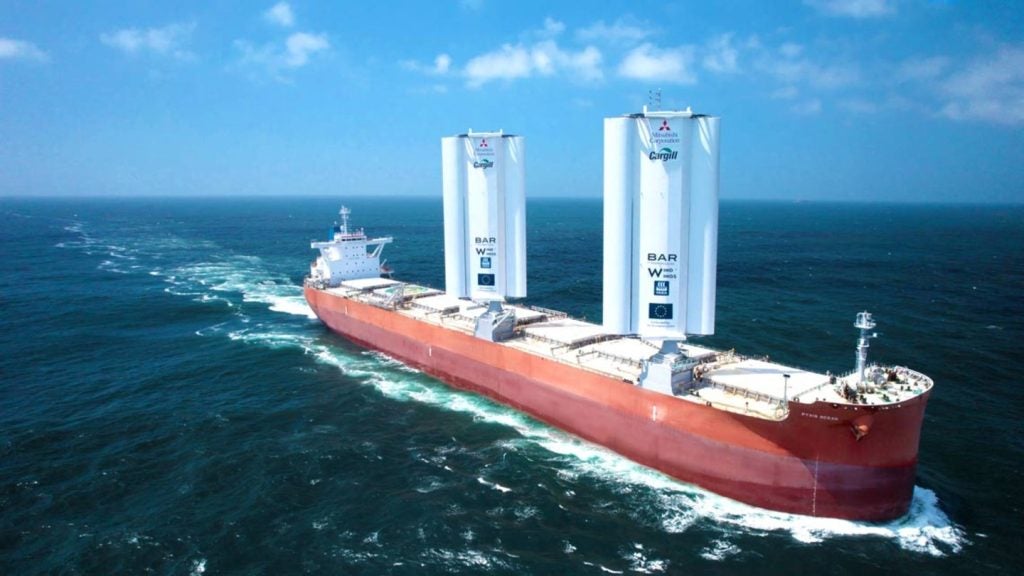
Realistically, shipowners are likely to choose a mix of low-carbon propulsion solutions. For instance, ferries voyaging short routes may be powered by batteries in future, while a cargo ship travelling 7,500 kilometres from China to Australia could opt for a mix of sails and alternative fuels, especially as Australia has ample land and renewable energy for producing these fuels.
Onboard carbon capture may be an interim solution, although its rates of capture are insufficient to achieve net-zero entirely. Additionally, small nuclear reactors could be an option further into the future, if proved safe. For those shipowners investing in retrofitting ships with shorter-term measures like new propellers and bows, the payback is often relatively quick.
“We see payback in one and a half to two years,” explained Frederik Pind, MD of Njord Solution, which specialises in improving environmental performance. “If you factor in the upcoming EU emissions trading scheme then the payback falls below one year. So the business case is there but there are difficulties in terms of the split incentives between ship owners and charterers, as well as the complex landscape of over 30 different technologies that can be combined in many different constellations.”
Finance to focus on greener ships
Typically, retrofitting a vessel costs $1m-$1.5m, according to Pind, which is a considerable investment for the owner of a fleet of for example 15-20 vessels.
That’s where new providers of flexible shipping finance have an important role to play. Guillaume Branco, investment director at Eurazeo, a specialist private markets investment company, explained that there’s an opportunity to attract a new group of investors to the sector, complementing the banks which might struggle to provide all of the capital needed.
“The good thing with shipping compared with other green investments is that its impact is really measurable,” he added. “We are able to provide detailed emissions data, telling investors that for every million dollars invested, this is the amount of carbon saved.”
Suddenly, shipping’s energy transition is gathering momentum and there are good reasons for optimism. Banks and investment funds are reinforcing this. Quite simply, the Poseidon Principles and the green goals of specialist investment funds mean that finance will only be available for ships turning to greener forms of propulsion.

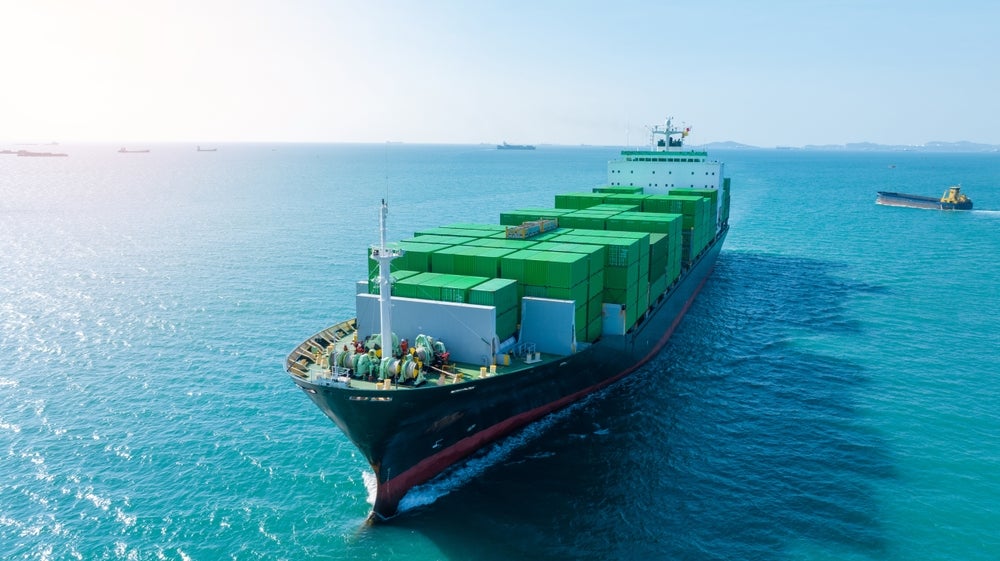


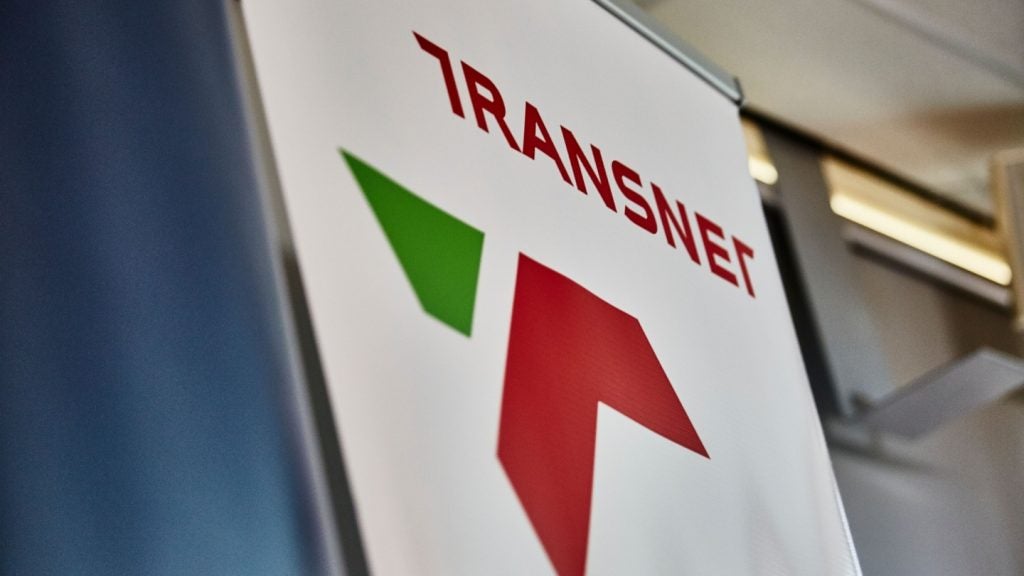
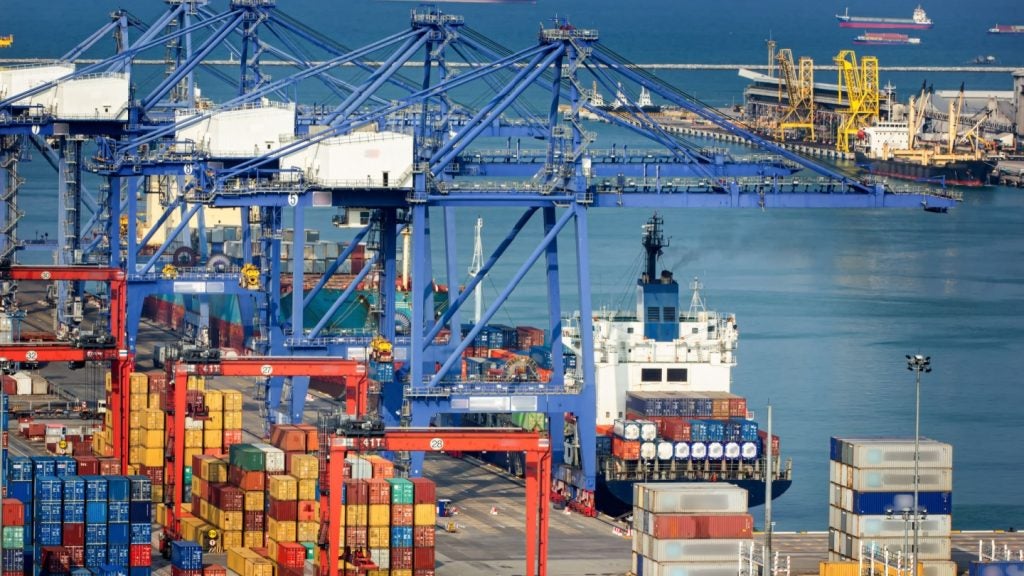

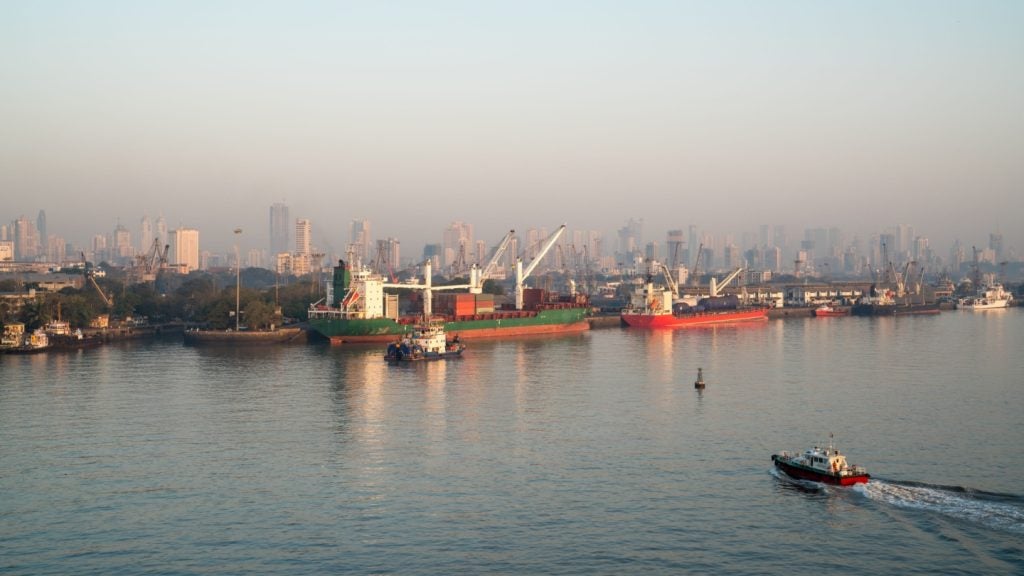

Related Company Profiles
Societe Generale SA
DNV Group AS
Cargill Inc